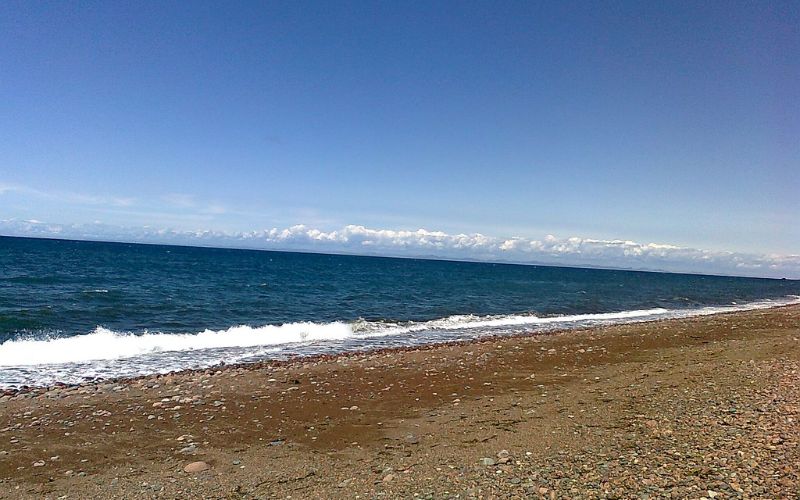What’s going on with Ireland’s young people? They’re leaving at a higher rate than ever before.
While the ’80s are still remembered as Ireland’s darkest days of emigration (like the ’50s before them), the force and impact of the current wave is far stronger and more dramatic. This is especially so when it comes to the country’s young people, Fintan O’Toole argues in a recent column for the Irish Times.
The net emigration of the ’80s, accounting for both those who left and those who immigrated to Ireland, was 206,000. In comparison, Ireland’s net emigration for the current decade is already 151,000 – and there are five more years to go.
The majority of the people emigrating are between the ages of 15 and 44, with 70,000 people in that age range leaving Ireland in 2012 and 2013 alone. Since 2009, the population of people ages 15 to 29 has fallen 5.1% – from 23.1% of the total population to just 18%.
Perhaps the most shocking statistic he cites is the decrease in Ireland’s population of 15-year-olds to 35-year-olds. In April 2009, Ireland counted 1.423 million people in that age range. In April 2014? 1.206 million – close to a quarter million fewer.
“Very quickly but rather quietly,” O’Toole writes, “Ireland is doing a remarkable thing. It is disappearing its young people.”
So what’s going on? Ireland’s young people are fed up.
Employment, improving overall, is still falling for people under 25 years of age. For many, though, it isn’t so much a question of not being able to find a job (between 30,000 and 40,000 of those emigrating each year give up jobs to do so) but of not being able to find a job that will start them on the path towards a career or a larger goal.
The Émigré research project conducted by University College Cork found that “an enormous proportion of emigrants [previously] employed in Ireland did not feel content with their professional careers before moving.”
In other words, Ireland’s young people aren’t just leaving for economic reasons, there’s also a basic lack of opportunity at play.
O’Toole cites low wages, part-time offers and the lack of clear career paths as “not uniquely Irish conditions but neither are they universal.
“The obvious truth for a lot of young Irish people,” he concludes, “is that they can do better elsewhere.” They’ve been raised to expect more and they just aren’t finding it at home.
But let’s take a step back to his point that Ireland is “disappearing its young people.”
“Disappearing” is a very strong verb to use, calling to mind victims of The Troubles or, father from home, Los Desaparecidos in Argentina. It implies action, or at the very least intent.
This is not to say that there’s something sinister happening, but that sometimes inaction can be just as dangerous and devastating.
What does Ireland look like without this generation? “From the civil service to the media, from politics to the arts establishment, you find demographic landscapes that have been largely frozen for the last six years,” he writes.
The generation leaving Ireland is the one that, by right, “annoys its elders and outrages convention and challenges accepted wisdom. It is demography’s answer to the stultification of groupthink.
“It is not always right but without its capacity to drive everyone else up the wall, smugness settles over everything like a fine grey dust.”
Is the emigration of Ireland's young people this serious of a problem? Should the Irish government be doing more to prevent it? Let us know what you think in the comment section.




Comments